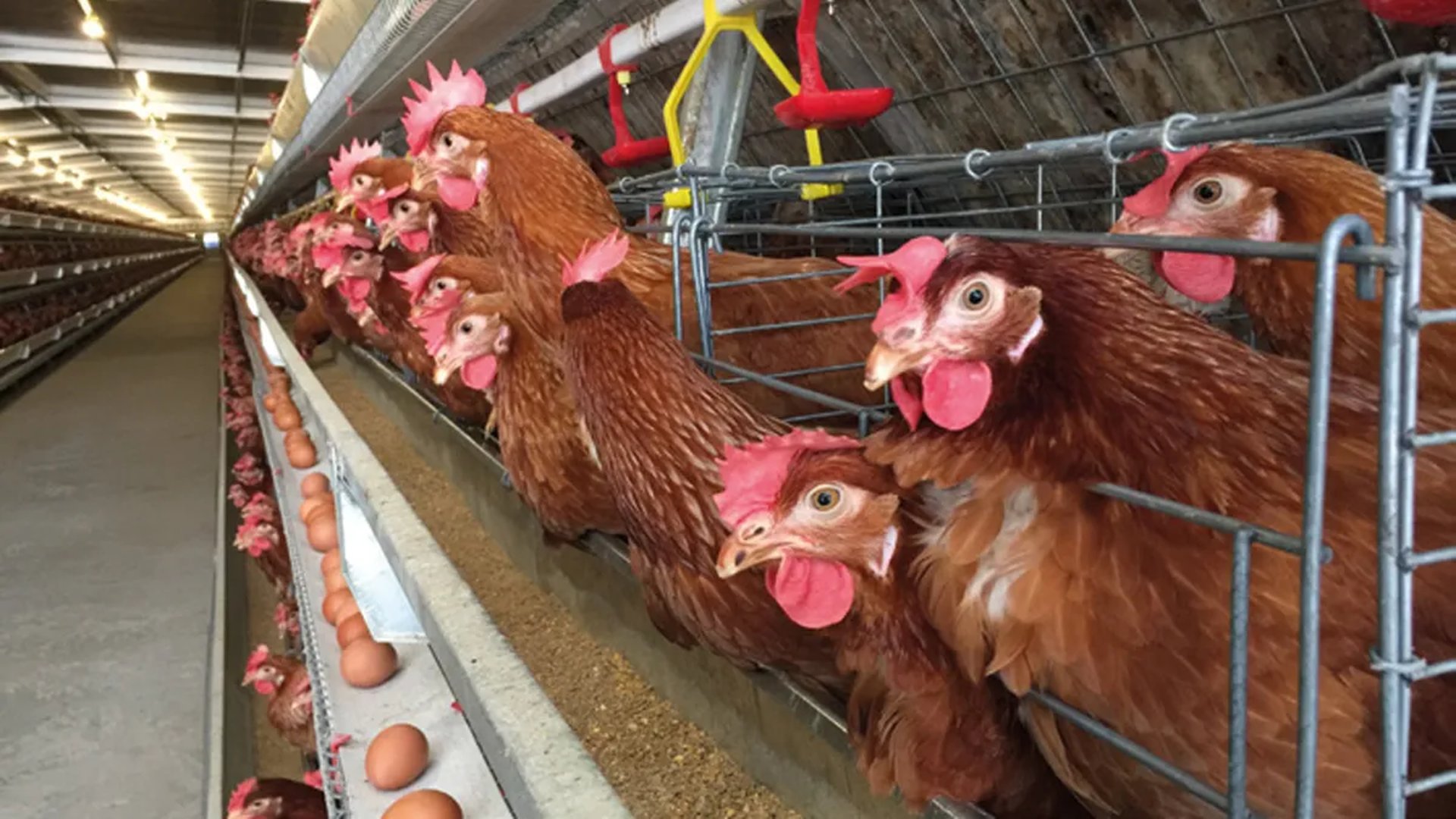
The Process of Egg Production in a Commercial Farm: From the Genetic House to Laying Hens
Egg production in a commercial farm is a highly specialized and technologically advanced process that involves multiple stages, from genetic selection to egg-laying by hens.
ANIMAL PRODUCTION
3/3/20253 min read
Egg production in a commercial farm is a highly specialized and technologically advanced process that involves multiple stages, from genetic selection to egg-laying by hens. This process ensures efficiency and product quality but also raises ethical, environmental, and animal welfare challenges that require attention. Below is a detailed description of how eggs are produced on a commercial farm, from the genetic house to the laying hens, including the average duration of each stage.
1. The Genetic House: The Origin of the Chain (1-2 Years)
The process begins in the genetic house, where poultry genetics are selected and improved. Leading companies such as Hy-Line, Hendrix Genetics, and Lohmann develop highly efficient laying hen lines using advanced techniques like genomic selection (DNA markers) and gene editing (e.g., CRISPR for disease resistance). These technologies enable the identification and enhancement of desirable traits, such as:
High egg production: Hens that lay more than 300 eggs per year.
Egg quality: Strong shells and vibrant yolks.
Feed efficiency: Lower feed consumption per egg produced.
Disease resistance: Reduced need for medications.
Developing a new genetic line can take 1 to 2 years, depending on improvement goals and performance testing.
2. Grandparent Stock (Pure Lines): The Foundation of Genetic Improvement (20-25 Weeks)
The grandparent stock consists of pure-line birds used to produce parent stock (breeders). These birds are selected for their superior genetics and raised under controlled conditions to ensure their health and productivity. The grandparent stock is the critical link in the chain, as their genetics determine the traits of future laying hens.
The average time for grandparent birds to reach sexual maturity and begin producing fertile eggs is 20 to 25 weeks.
3. Parent Stock (F1): The Crossbreeding Stage (20-25 Weeks)
The parent stock (F1) results from crossing pure-line birds (grandparents). These birds are raised to produce commercial laying hens. The crossbreeding process is tightly controlled to ensure that desirable traits, such as high egg production and disease resistance, are passed on to the next generation.
Parent stock birds reach sexual maturity and begin producing fertile eggs in 20 to 25 weeks.
4. Incubation: From Fertilized Egg to Chick (21 Days)
Fertilized eggs from the parent stock are incubated in specialized hatcheries. This process takes approximately 21 days and is conducted under controlled conditions to maximize hatch rates. During incubation, eggs are placed in incubators that maintain a constant temperature of 37.5 °C and a relative humidity of 60-70%.
Once hatched, chicks undergo a selection process to discard those that do not meet health and vitality standards. Selected chicks are vaccinated against common diseases and sent to rearing farms.
5. Rearing Pullets: Preparing for Egg-Laying (18 Weeks)
Pullets (young hens) are raised in rearing farms for the first 18 weeks of life. During this period, they are fed a balanced diet rich in nutrients to ensure proper growth. Factors such as lighting and space are also controlled to minimize stress and promote healthy development.
At this stage, pullets are prepared for their future as laying hens. Their diet and photoperiod (light exposure) are gradually adjusted to stimulate the development of their reproductive systems.
6. Laying Hens: The Production Stage (12-18 Months)
At 18 weeks of age, pullets are transferred to production farms, where they begin laying eggs. These farms are equipped with automated systems that control feeding, lighting, and egg collection. Hens are housed in cages or alternative systems such as free-range or aviaries, depending on regulations and market preferences.
Laying hens reach peak production between 25 and 30 weeks of age, during which they can lay an egg almost daily. High production levels are maintained for approximately 12 to 18 months, after which egg production gradually declines. At this point, hens are removed from production and replaced by a new generation.
7. Egg Collection and Grading (Continuous)
Eggs are collected several times a day to prevent breakage or contamination. They are then transported to processing plants, where they are cleaned, graded, and packaged. Eggs are sorted by size, weight, and shell quality before being distributed to markets.
8. Challenges and Ethical Considerations
Although egg production is highly efficient, it also poses challenges in terms of animal welfare and sustainability. Issues such as cage confinement, intensive resource use, and waste generation have led the industry to explore more sustainable alternatives, such as free-range systems and reduced antibiotic use.
Conclusion: A Complex and Technologically Advanced Process
Egg production on a commercial farm is a complex process involving multiple stages, from genetic selection to egg-laying by hens. Each stage is designed to maximize efficiency and product quality, though it also raises ethical and environmental challenges that require attention. As the industry progresses, it is essential to balance productivity with animal welfare and sustainability to ensure a viable future for poultry farming.
AgroPetEd
Information about animals and agricultural practices
© 2025. All rights reserved.
